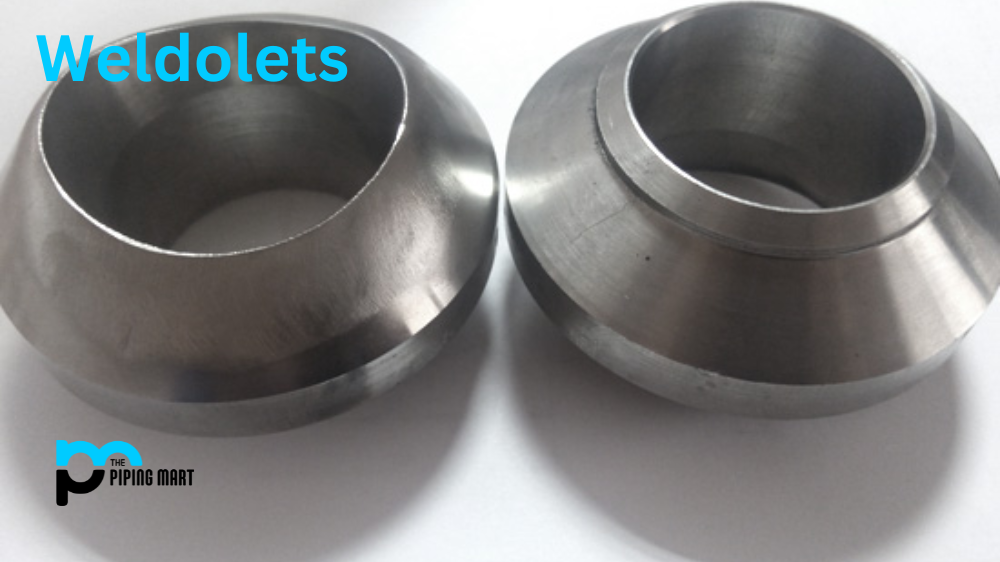Regarding piping systems, weldolets are popular for branching off from the main pipe. They provide a reliable and cost-effective solution for creating a new connection point. However, there are some common mistakes to avoid when using weldolets in piping. In this blog post, we will discuss those mistakes and provide some tips to help you avoid them.
What is Weldolets?
Weldolets are a type of pipe fitting commonly used in the oil and gas industry. They are designed to connect branches from a larger main pipe to a smaller recipient pipe without additional welding or cutting. This makes them an efficient and cost-effective solution for pipeline systems.
The significance of Weldolets lies in their versatility and durability. They can be manufactured from various materials such as carbon steel, stainless steel, alloy steel, and nickel alloys, making them suitable for different environments and applications. Additionally, they are resistant to corrosion, high temperature and pressure, making them ideal for use in challenging environments.
One of the key advantages of using Weldolets is their ease of installation. Unlike traditional methods that require extensive welding and cutting processes, Weldolets can be easily attached with minimal effort. This not only saves time but also reduces labor costs significantly.
Moreover, these fittings have been extensively tested and comply with international standards such as ASME B16.9/B16.11/B31 codes for pressure piping systems. This ensures their reliability and safety in handling high-pressure pipelines.
Mistakes to Avoid When Using Weldolets
Incorrect Weldolet Size –
One of the most common mistakes is using the wrong size weldolet. Ensuring that the weldolet matches the pipe size you are branching off from is crucial. If the weldolet is too small, it will cause a bottleneck and restrict flow. On the other hand, if it is too large, it can lead to leaks and decreased structural integrity. Be sure to measure the pipe accurately and choose the appropriate weldolet size.
Poor Weld Quality –
The quality of the weld is essential to the performance and safety of the piping system. Poor weld quality can lead to leaks, fractures, and other failures. To avoid this mistake, it is recommended to use a qualified welder with experience in welding weldolets to pipes. The welder should follow proper procedures, use the correct technique, and monitor the welding process carefully.
Lack of Support –
Weldolets require proper support to avoid stress and strain on the connection point. Failure to support the weldolet adequately can cause it to fail, leading to leaks and other issues. Using hangers, clamps, or other supporting mechanisms is important to keep the weldolet in place and prevent it from flexing.
Incorrect Installation Angle –
The angle of the weldolet installation is crucial for the structural integrity of the piping system. Incorrect installation can cause stress points and increase the risk of leaks and failures. It is essential to follow the manufacturer’s guidelines and ensure that the weldolet installation angle matches the pipe’s direction.
Inadequate Cleaning –
Weldolets must be cleaned thoroughly before installation to remove dirt, debris, or oil. Failure to clean the weldolet properly can lead to contamination and poor weld quality. I use a suitable solvent and degreaser to clean the weldolet before installation is recommended.
Conclusion:
Weldolets are a common solution for branching off from the main pipe in a piping system. However, there are some common mistakes that you should avoid to ensure the safety and reliability of your piping system. These mistakes include using the wrong size weldolet, poor weld quality, inadequate support, incorrect installation angle, and inadequate cleaning. By following these tips, you can avoid these mistakes and ensure a safe and reliable piping system.

Hey, I’m Krutik, a casual blogger expert in the metal industry. I am passionate about providing valuable information to my readers. With a background in engineering and construction, I like playing Cricket & watching Netflix shows in my free time. Thank you for visiting my blog, and I hope you find my information helpful!




